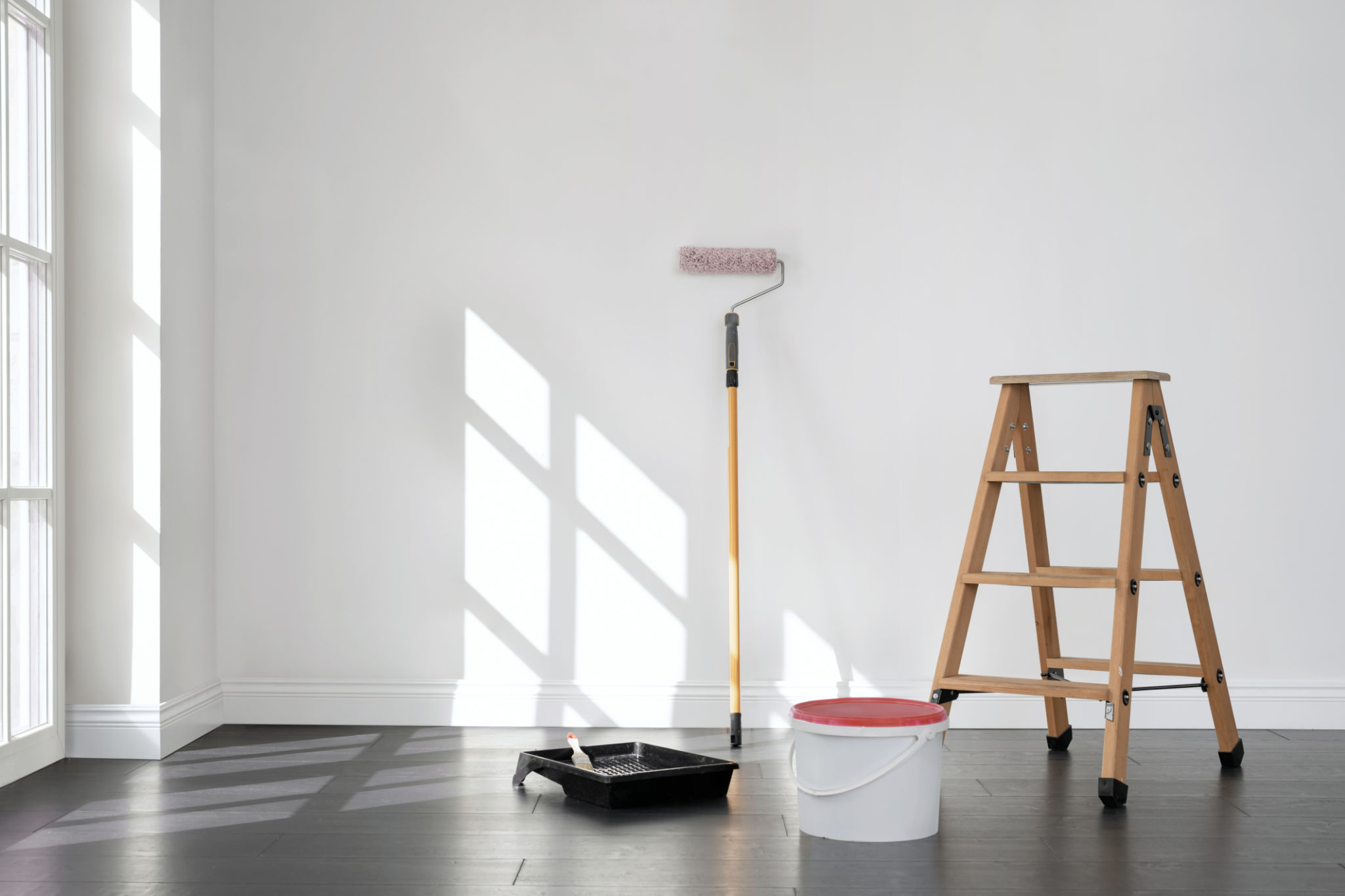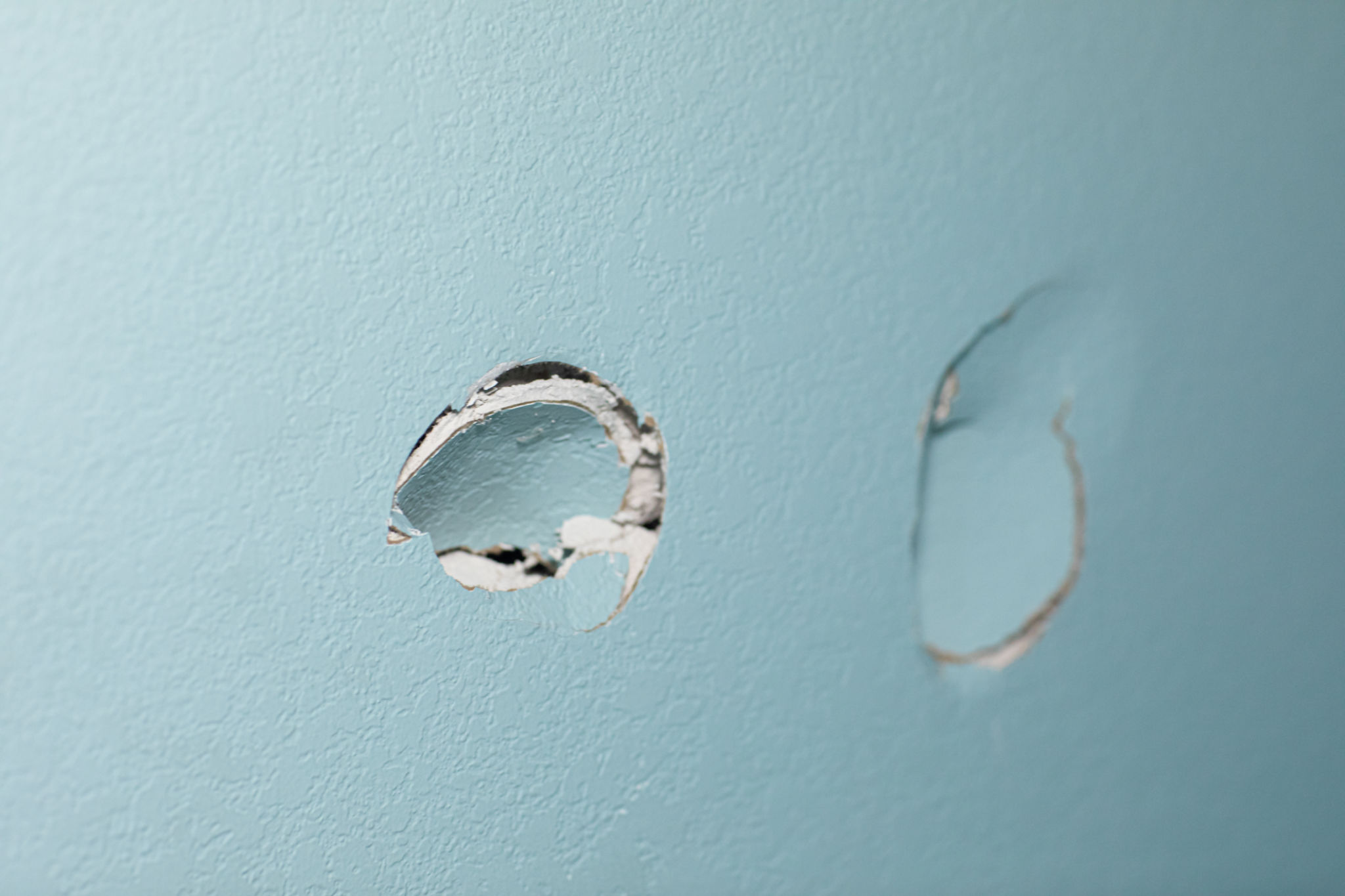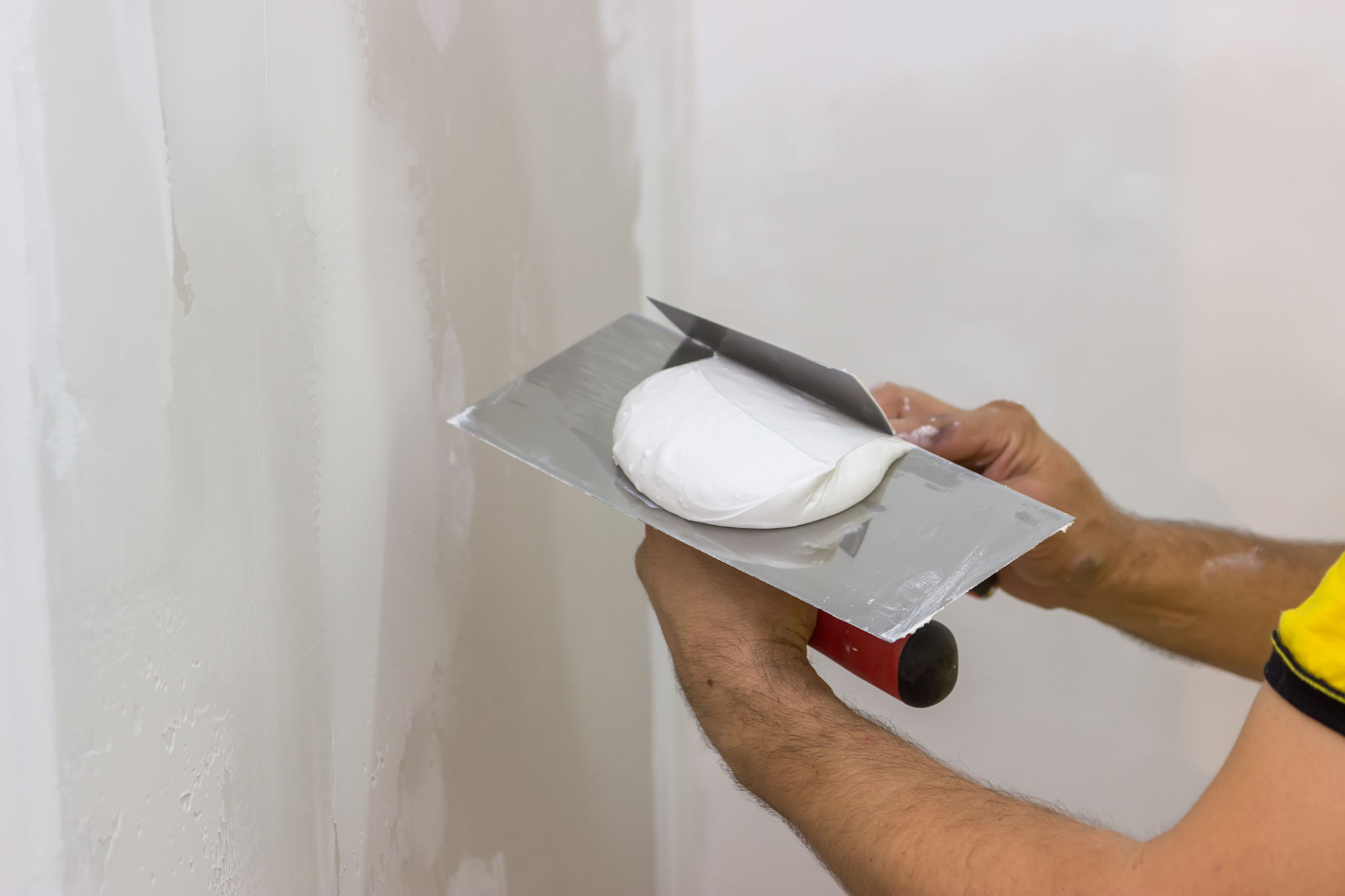Patching Before a Fresh Coat: Insights from Vancouver's Best Painters
The Foundation of a Flawless Finish
When you think about painting, the first thing that often comes to mind is the color and finish. However, experienced painters in Vancouver know that the secret to a stunning and long-lasting paint job lies in the preparation—particularly, patching. Patching walls before applying a fresh coat of paint is an essential step that ensures your surfaces look smooth and professional.
Patching involves repairing any cracks, holes, or imperfections on the wall. These blemishes can result from various factors such as nail holes, accidental dents, or even natural settling of the building over time. Addressing these issues before painting not only enhances aesthetics but also influences the durability of the paintwork.

Why Patching is Crucial
Skipping the patching process can lead to a myriad of problems. One of the most common issues is uneven surfaces, which can cause the paint to look inconsistent and patchy. Without a smooth base, even high-quality paint cannot perform its best. Moreover, imperfections can become more noticeable after painting, detracting from the overall look.
Another critical aspect of patching is its role in adhesion. Paint adheres best to smooth, clean surfaces. By ignoring patches, you risk having paint peel or bubble, which can require costly repairs down the line. Properly patched surfaces ensure that the paint bonds well, resulting in a longer-lasting finish.
The Patching Process
The process of patching involves several steps, each crucial for achieving a flawless result. Initially, painters inspect the walls and identify areas that need attention. Next, they clean the surface to remove dust and debris, ensuring that the patching material adheres well. Once cleaned, they apply a suitable filler to cracks and holes, smoothing it out for an even finish.

After allowing the filler to dry completely, sanding is done to ensure smoothness. This step is vital because any uneven areas can become glaringly obvious once painted. Finally, a primer may be used on patched areas to enhance adhesion and provide a uniform base for paint application.
Choosing the Right Materials
The quality of materials used for patching significantly impacts the outcome. Professional painters in Vancouver select high-quality fillers and primers to ensure durability and a seamless finish. The choice of materials can vary depending on the type and extent of damage, as well as the surface being repaired.
For small holes or minor cracks, lightweight spackling compounds are often sufficient. However, for larger repairs or exterior surfaces, stronger materials like joint compounds or exterior-grade fillers might be employed. Using the right materials ensures that the patched areas blend seamlessly with the rest of the wall.

Expert Tips for Homeowners
For homeowners considering a DIY approach to painting, understanding the importance of patching can make a significant difference in the final result. While professional painters have the expertise and tools to deliver perfect results, here are some tips if you decide to tackle patching yourself:
- Always clean surfaces before applying filler to ensure maximum adhesion.
- Use a putty knife to apply filler smoothly and avoid excess material.
- Allow adequate drying time before sanding or painting over patched areas.
- Consider using a primer on patched spots for improved paint adhesion.
Patching is an investment in your home’s appearance and value. By taking the time to properly prepare your walls before painting, you can achieve a professional-looking finish that stands the test of time. Whether you choose to hire Vancouver's best painters or tackle the project yourself, remember that attention to detail is key to success.
